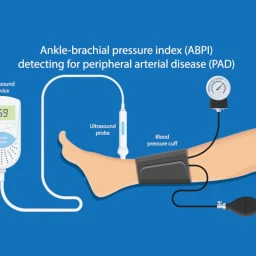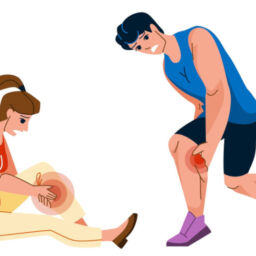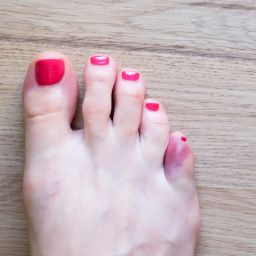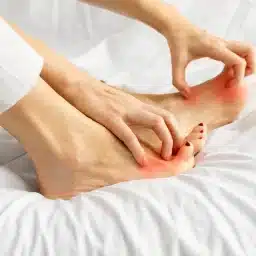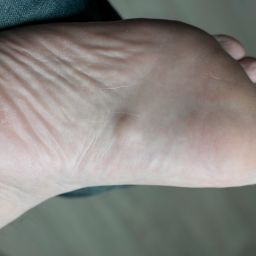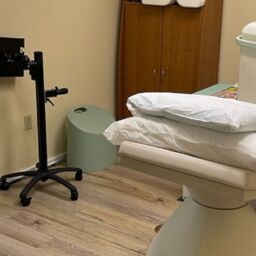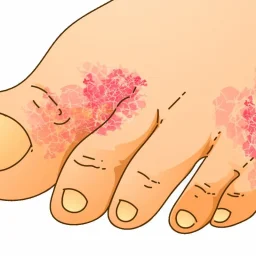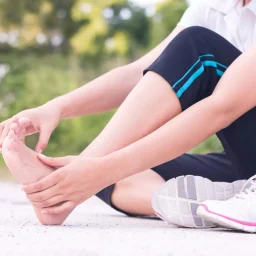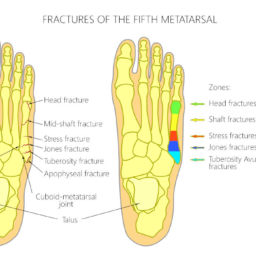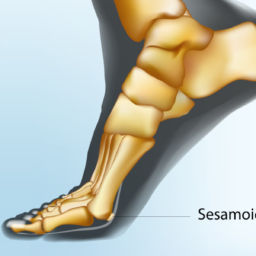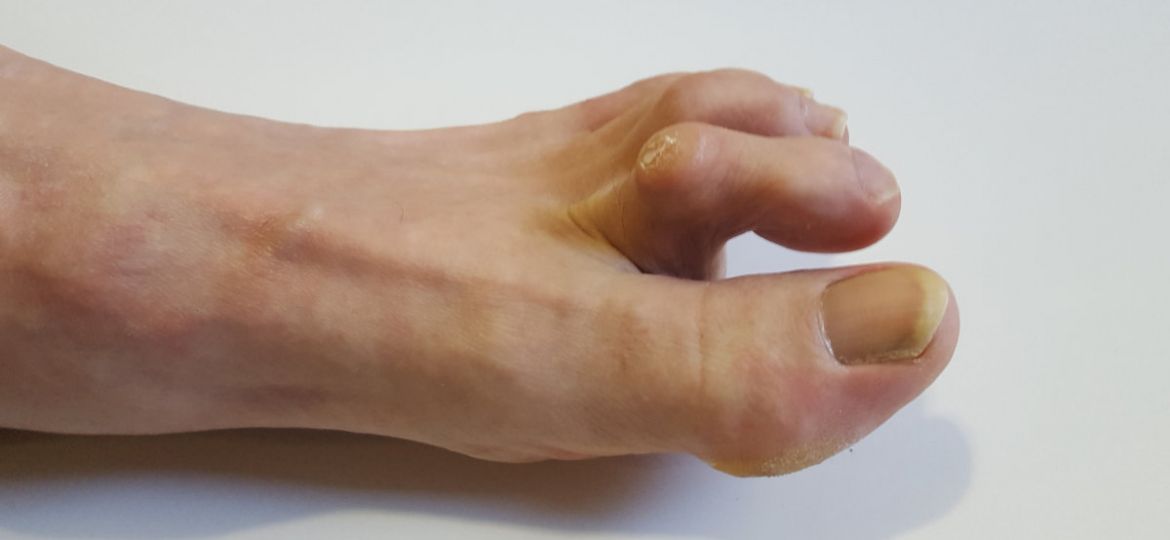
What are hammer toes?
Hammertoes are a common foot condition characterized by an abnormal bending or curling of one or more toes, typically affecting the second, third, or fourth toe. This deformity can result in discomfort, pain, and difficulty wearing shoes. The bent toe often resembles a hammer, hence the name “hammertoe.” We will discuss what options are available for hammer toe treatment, from conservative to surgical.
One of the primary causes of hammertoes is wearing ill-fitting shoes that crowd the toes or have a narrow toe box. Over time, this pressure can lead to the toe joints becoming permanently bent. People with flat feet or high arches may also be more prone to developing hammertoes.
Hammertoes can lead to other foot issues such as corns and calluses due to the friction and pressure from shoes rubbing against the bent toe. Hammer toe treatment options include wearing properly fitting footwear, using orthotic devices, toe exercises, and in severe cases, surgical correction may be necessary to alleviate pain and restore toe function.
What does the anatomy of a hammer toe look like?
The anatomy of a hammertoe involves the affected toes, typically the second, third, or fourth toe, though the longest toe can also be affected. Hammertoe and mallet toe are similar conditions that involve abnormal bending of the toe joints.
In a hammertoe, the toe joint closest to the foot (proximal interphalangeal joint) bends upward, while the joint near the tip of the toe (distal interphalangeal joint) points downward. This creates a hammer-like appearance. On the other hand, a mallet toe involves a downward bend at the distal joint only.
These conditions can affect the overall alignment of the foot and ankle, leading to discomfort, pain, and difficulty walking, especially in shoes that don’t accommodate the bent toes. Over time, hammertoes and mallet toes can cause corns, calluses, and other foot problems due to pressure and friction.
Understanding the anatomy of hammertoes helps in diagnosing and choosing the appropriate hammer toe treatment to alleviate symptoms and prevent further complications.
 What are the symptoms and causes of hammer toes?
What are the symptoms and causes of hammer toes?
- Causes of Hammer Toe:
- Wearing Ill-Fitting Shoes: Tight, narrow shoes or high heels force toes into a bent position.
- Foot Shape: Certain foot shapes like flat feet or high arches can predispose individuals to hammertoes.
- Symptoms of Hammer Toe:
- Gradual Onset: Symptoms develop over time.
- Pain and Swelling: Often experienced at the top of the affected toe, especially when wearing shoes.
- Corns and Calluses: Develop due to friction where the bent toe rubs against footwear.
- Rigidity: In severe cases, the affected toe may become rigid and challenging to straighten manually.
- Additional Contributors to Hammer Toe:
- Muscle Imbalance: Continuous pressure from ill-fitting shoes can lead to muscle imbalance.
- Joint Misalignment: The toes’ forced bent position can cause joint misalignment over time.
- Lifestyle Factors: Activities or professions that require prolonged standing or wearing restrictive footwear can contribute.
What are the surgical treatments for hammer toe?
Surgical treatment for the hammertoe may be recommended when conservative measures fail to alleviate symptoms or when the deformity is severe and causing significant pain and functional impairment. Here are some common surgical treatments for hammertoe:
- Arthroplasty: This procedure involves removing a portion of bone from the affected toe joint to allow for straightening. It may be combined with soft tissue correction to address muscle and tendon imbalances.
- Arthrodesis: Also known as joint fusion, arthrodesis involves fusing the toe joint to prevent it from bending further. This procedure is often used for rigid hammertoes or when the joint is severely damaged.
- Tendon Transfer: In cases where muscle imbalance contributes to the hammertoe deformity, tendon transfer surgery may be performed. This involves transferring tendons from the bottom of the toe to the top to help straighten the toe.
- Implant Surgery: In some instances, implants such as wires, pins, or small plates may be used to stabilize the toe joint after correction. These implants are typically temporary and may be removed once the toe has healed.
- Osteotomy: This procedure involves cutting and realigning the bones in the toe to correct the deformity. It may be used in combination with other surgical techniques for optimal results.
- Recovery: Following hammertoe surgery, patients may need to wear a special shoe or splint to protect the toe and promote healing. Physical therapy and exercises to regain strength and flexibility in the toe may also be recommended.
It’s essential for individuals considering hammertoe surgery to discuss the benefits, risks, and expected outcomes with their healthcare provider to make an informed decision about the most appropriate surgical approach for their specific condition.
What are non-surgical hammer toe Treatments?
Non-surgical treatments for hammertoe focus on relieving pain, reducing pressure on the toe joints, and improving flexibility and strength. Here are some common non-surgical approaches:
- Proper Footwear: Avoiding high-heeled shoes and opting for shoes with a wide toe box can help reduce pressure on the toes and alleviate discomfort.
- Shoe Inserts: Orthotic devices like toe pads or cushions can be inserted into shoes to redistribute pressure away from the affected toe and provide cushioning.
- Toe Exercises: Regular stretching and strengthening exercises for the toes and foot muscles can improve flexibility and reduce muscle imbalances that contribute to hammertoe.
- Toe Splints: Splints or toe straighteners worn at night can help keep the toe in a straighter position and prevent it from becoming more bent over time.
- Corn and Callus Care: Properly managing corns and calluses that develop due to friction can help relieve pain and discomfort.
- Weight Management: Maintaining a healthy weight can reduce excess pressure on the feet and toes, minimizing the risk of developing or worsening hammertoe.
- Physical Therapy: Working with a physical therapist can be beneficial for learning specific exercises and techniques to address hammertoe symptoms and improve overall foot function.
These non-surgical hammer toe treatments aim to manage hammertoe symptoms, improve toe alignment, and enhance comfort without the need for invasive procedures. However, it’s essential to consult with a healthcare provider to determine the most suitable treatment plan based on individual needs and the severity of the condition.
What does recovery look like for Hammer toe?
Recovery from hammer toe treatment, whether surgical or non-surgical, typically involves a combination of rest, rehabilitation, and gradual return to normal activities. Here’s an overview of what recovery may look like for Hammertoe:
- Post-Treatment Care for Hammer Toe:
- Surgical Recovery: If surgery was performed, the initial recovery period may involve wearing a special shoe or splint to protect the toe and promote healing. Follow your doctor’s instructions regarding wound care and activity restrictions.
- Non-Surgical Recovery: For non-surgical treatments, such as wearing orthotic devices or performing toe exercises, follow the recommended guidelines provided by your healthcare provider or physical therapist.
- Pain Management:
- Pain and discomfort following hammertoe treatment can usually be managed with over-the-counter pain medications, icing the affected area, and keeping the foot elevated to reduce swelling.
- Physical Therapy:
- Physical therapy may be recommended, especially after surgical correction, to help regain strength, flexibility, and range of motion in the toes and foot. Your therapist can guide you through exercises and stretches tailored to your specific needs.
- Gradual Return to Activity:
- As your toe heals and pain diminishes, you can gradually increase your activity level. Start with gentle exercises and walking, gradually progressing to more strenuous activities as tolerated.
- Follow-Up Appointments:
- Follow-up appointments with your healthcare provider are crucial to monitor your progress, check for any complications, and make any necessary adjustments to your treatment plan.
- Long-Term Care:
- Long-term management of hammertoe may involve wearing supportive footwear, using orthotic devices or inserts as recommended, maintaining a healthy weight to reduce excess pressure on the feet, and practicing good foot hygiene to prevent corns, calluses, and other foot problems.
Recovery from hammer toe treatment varies depending on the severity of the condition, the chosen treatment approach, and individual factors such as overall health and lifestyle. It’s essential to follow your healthcare provider’s advice and attend all follow-up appointments to ensure a successful recovery and optimal foot health.
To Sum Up Hammer Toe Treatments
In conclusion, hammertoe is a common foot condition that can cause pain, discomfort, and difficulty with everyday activities. Early intervention is key to preventing the progression of hammertoe and avoiding unnecessary suffering. It’s crucial for patients experiencing symptoms such as toe pain, swelling, or difficulty wearing shoes to seek help from podiatrists at Certified Foot and Ankle Specialists.
Remember, addressing hammertoe early can lead to better outcomes, improved comfort, and enhanced quality of life. Don’t wait until the condition worsens—schedule a consultation with a foot doctor at the Certified Foot and Ankle Specialists Tampa clinic today to take control of your foot health and well-being. Your feet will thank you for it!
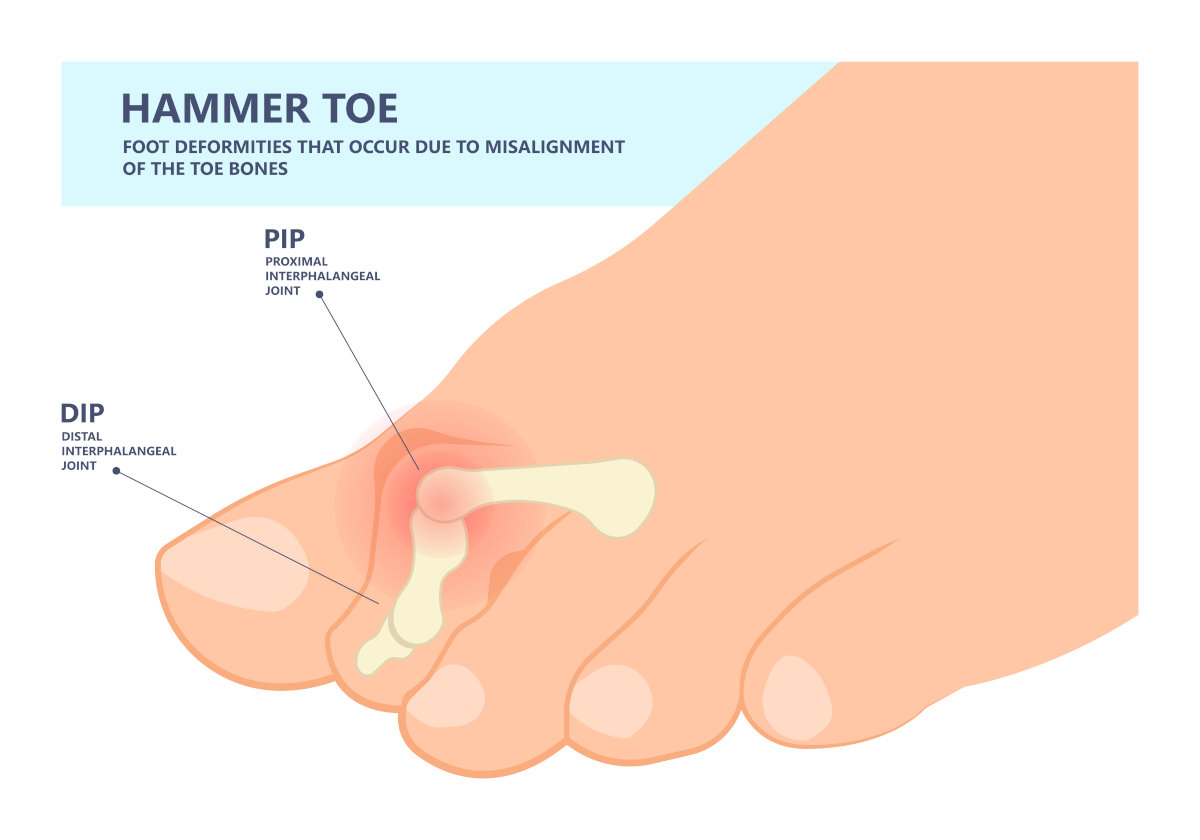 What are the symptoms and causes of hammer toes?
What are the symptoms and causes of hammer toes?